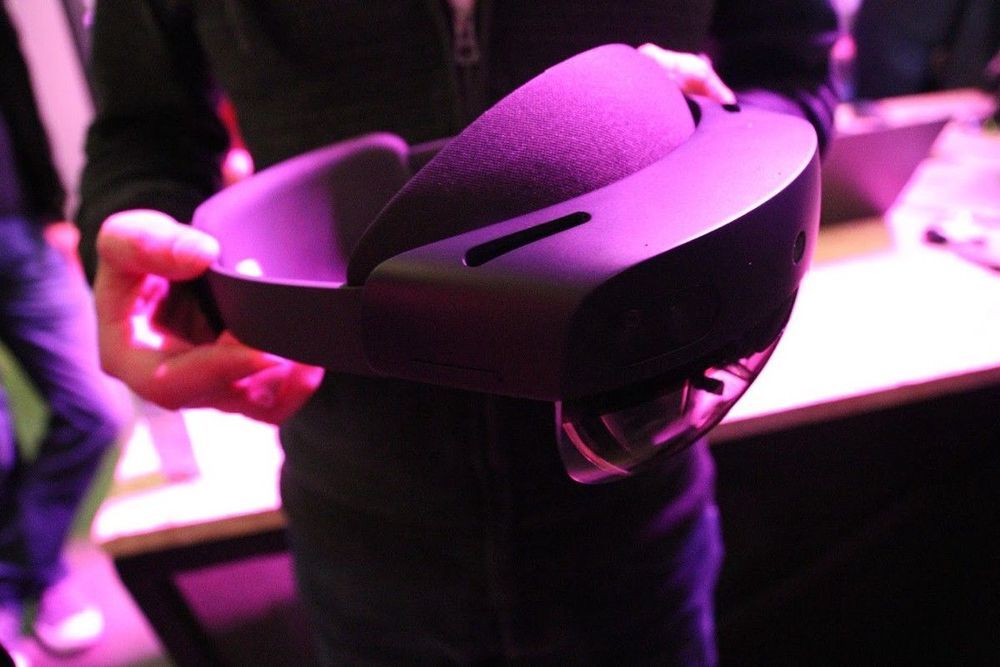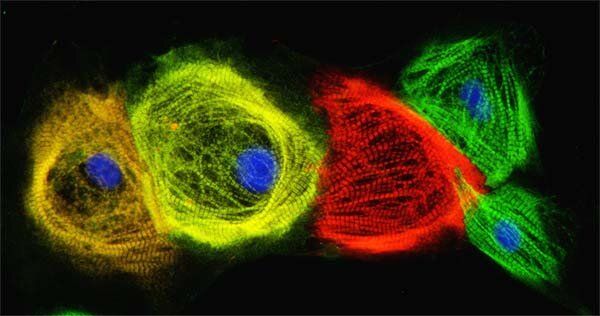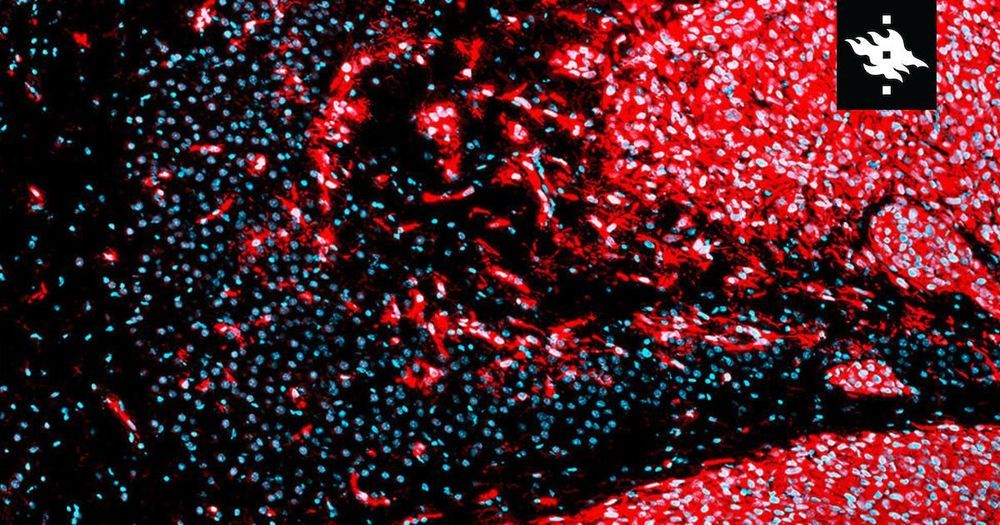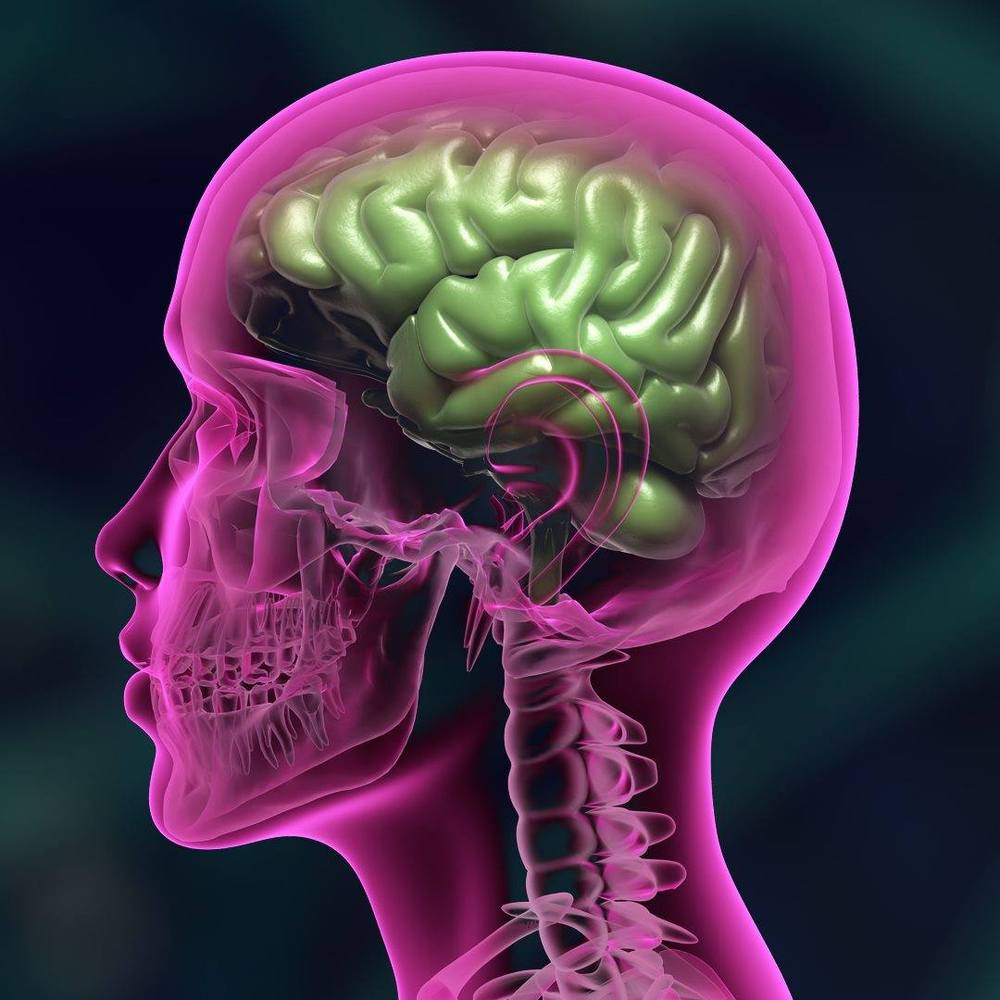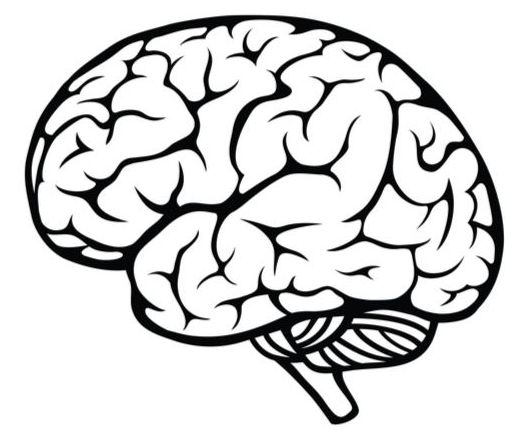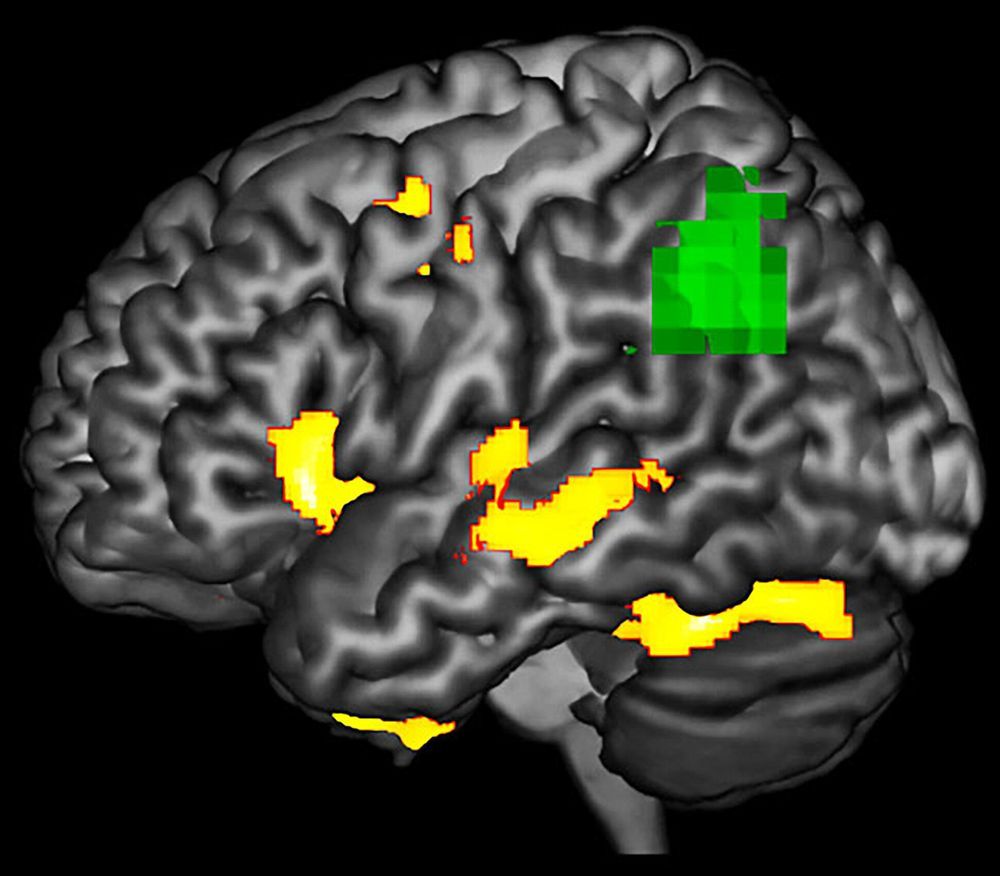These studies show that older adults who frequently pick up a puzzle tended to have the short-term memory capacity of someone eight years their junior and the grammatical reasoning of someone ten years younger.
“We hope this will encourage people to consider how they challenge their brain on a regular basis, and perhaps consider taking up puzzles or evidence-based brain training games as part of a lifestyle approach to keep their brains healthy,” Corbett tells Inverse.
Corbett’s study is one of a few showing that frequent engagement with puzzles has lasting effects on memory and cognitive decline, the slow loss of memory and other problem-solving skills that accompany aging (and is also a feature of brain diseases like Alzheimer’s). Other studies include the Bronx Aging study, which showed that dementia patients who did crossword puzzles started to lose their memory about 2.54 years later than those who didn’t do crosswords.

